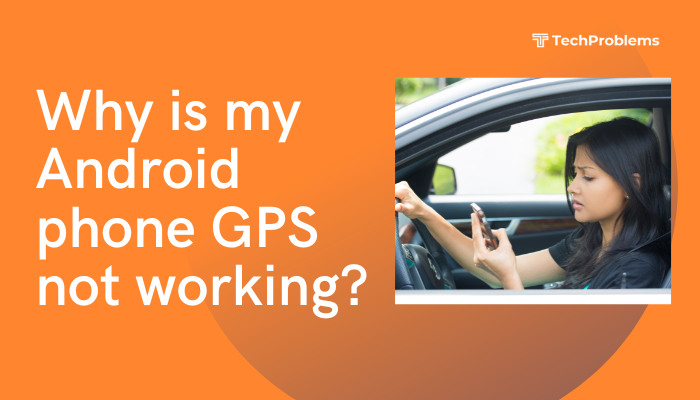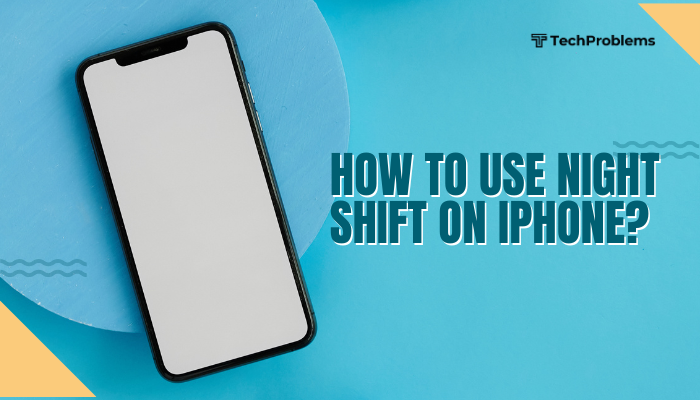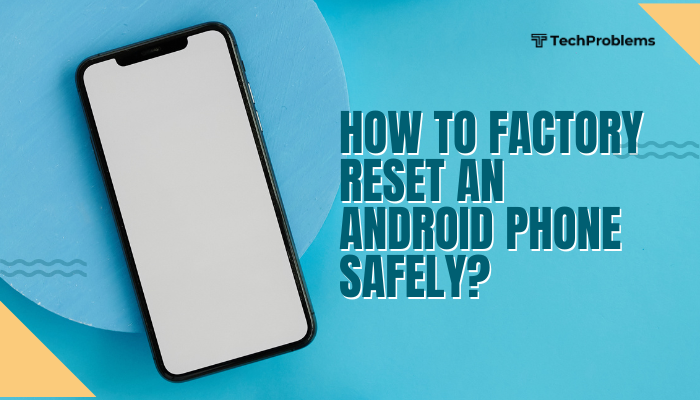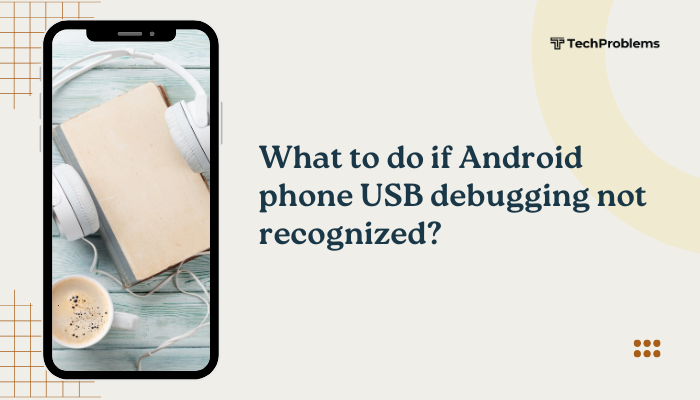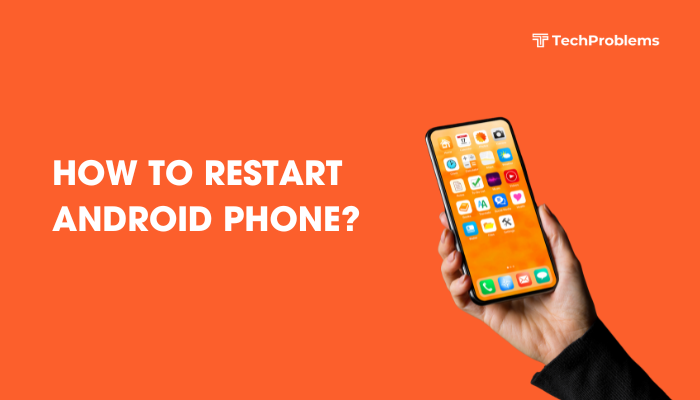Slow download speeds on Android can be incredibly frustrating, especially when you’re trying to update apps, download media, or browse the web. Whether you’re using mobile data or Wi-Fi, lagging downloads can disrupt productivity and entertainment. Fortunately, there are many effective ways to troubleshoot and improve download speeds on Android devices.

This comprehensive guide walks you through the most common causes of slow download speeds and provides step-by-step solutions to help you fix the issue quickly.
Common Causes of Slow Downloads on Android
Before jumping into solutions, it helps to understand the typical reasons for slow downloads:
- Weak Wi-Fi or mobile data signal
- Limited bandwidth from the ISP
- Network congestion
- Too many background apps using data
- Outdated software or apps
- Poor router performance
- VPNs or proxies slowing connections
- Corrupted cache or download manager issues
Check Your Internet Connection
Your download speed is directly tied to the strength of your internet connection.
Steps:
- Open a browser and visit https://www.speedtest.net to check your download speed.
- Compare results over Wi-Fi and mobile data to isolate the issue.
- If speeds are slow on all devices, the issue may lie with your internet service provider (ISP).
Tips:
- Move closer to your Wi-Fi router.
- Switch from 2.4GHz to 5GHz Wi-Fi if available.
- If using mobile data, move to an open area with better signal strength.
Restart Your Device and Router
Sometimes a simple restart can clear temporary glitches.
Steps:
- Restart your Android device.
- Unplug your router/modem, wait 30 seconds, then plug it back in.
This refreshes the connection and clears temporary network conflicts.
Disable Background Data Usage
Apps running in the background may consume bandwidth.
Steps:
- Go to Settings > Network & Internet > Data usage.
- Tap App data usage.
- Identify apps using large data and restrict their background usage:
- Tap the app > Toggle Background data off.
This ensures maximum bandwidth is available for active downloads.
Clear the Download Manager Cache
The Android Download Manager can get buggy or clogged.
Steps:
- Go to Settings > Apps > See all apps.
- Tap Download Manager or Downloads.
- Tap Storage & cache > Tap Clear cache and Clear storage.
Restart your phone and try downloading again.
Update Android System and Apps
Outdated system software or buggy apps may cause performance issues.
Steps:
- Go to Settings > System > Software update.
- Install any available updates.
- Open Google Play Store, go to My apps & games, and update all apps.
Keeping your system updated ensures better performance and fewer bugs.
Turn Off VPN or Proxy
VPNs and proxies can slow down connections, especially if servers are distant or overloaded.
Steps:
- Go to Settings > Network & Internet > VPN.
- Disconnect any active VPN.
- If you’re using a proxy under Wi-Fi settings, remove it.
Try downloading again without the VPN or proxy active.
Reset Network Settings
If none of the above helps, resetting your network settings may resolve deeper issues.
Steps:
- Go to Settings > System > Reset options.
- Tap Reset Wi-Fi, mobile & Bluetooth.
- Confirm and restart your device.
Note: You will need to reconnect to Wi-Fi networks after doing this.
Use Download-Friendly Apps
Some apps or browsers handle downloads more efficiently.
- Use Google Chrome or Firefox with built-in download managers.
- Try third-party download managers like Advanced Download Manager (ADM) for large files.
These tools may use multi-threading to speed up downloads.
Switch Networks or Use a Hotspot
If your home Wi-Fi is the issue, try:
- Connecting to a different Wi-Fi network (e.g., at a café or friend’s home).
- Using your phone’s mobile hotspot (if another device has better speed).
Sometimes network congestion or ISP throttling is the issue, and changing networks helps.
Limit Device Connections
Too many devices sharing the same network reduce available bandwidth per device.
Tips:
- Temporarily disconnect unused devices.
- Pause heavy downloads or streaming on other devices.
- Log into your router to view connected devices and block unnecessary ones.
Pros and Cons of Troubleshooting Download Speed
| Pros | Cons |
| Improved download speed | Some fixes require technical settings |
| Better overall phone performance | Resetting may lead to loss of saved Wi-Fi |
| Saves mobile data and reduces lag | May require multiple attempts to isolate cause |
Conclusion
Slow download speeds on your Android device don’t have to be a long-term frustration. By checking your internet connection, disabling unnecessary background usage, updating your software, and resetting key services like the Download Manager or network settings, you can significantly improve download performance.
Always start with the simplest solutions—like restarting your device or switching networks—before moving on to more advanced steps like clearing app caches or resetting settings. If all else fails, contacting your internet service provider for assistance or considering a router upgrade might be necessary.
With these practical steps, you’ll be able to enjoy faster downloads and a smoother Android experience.

